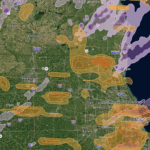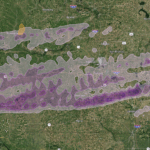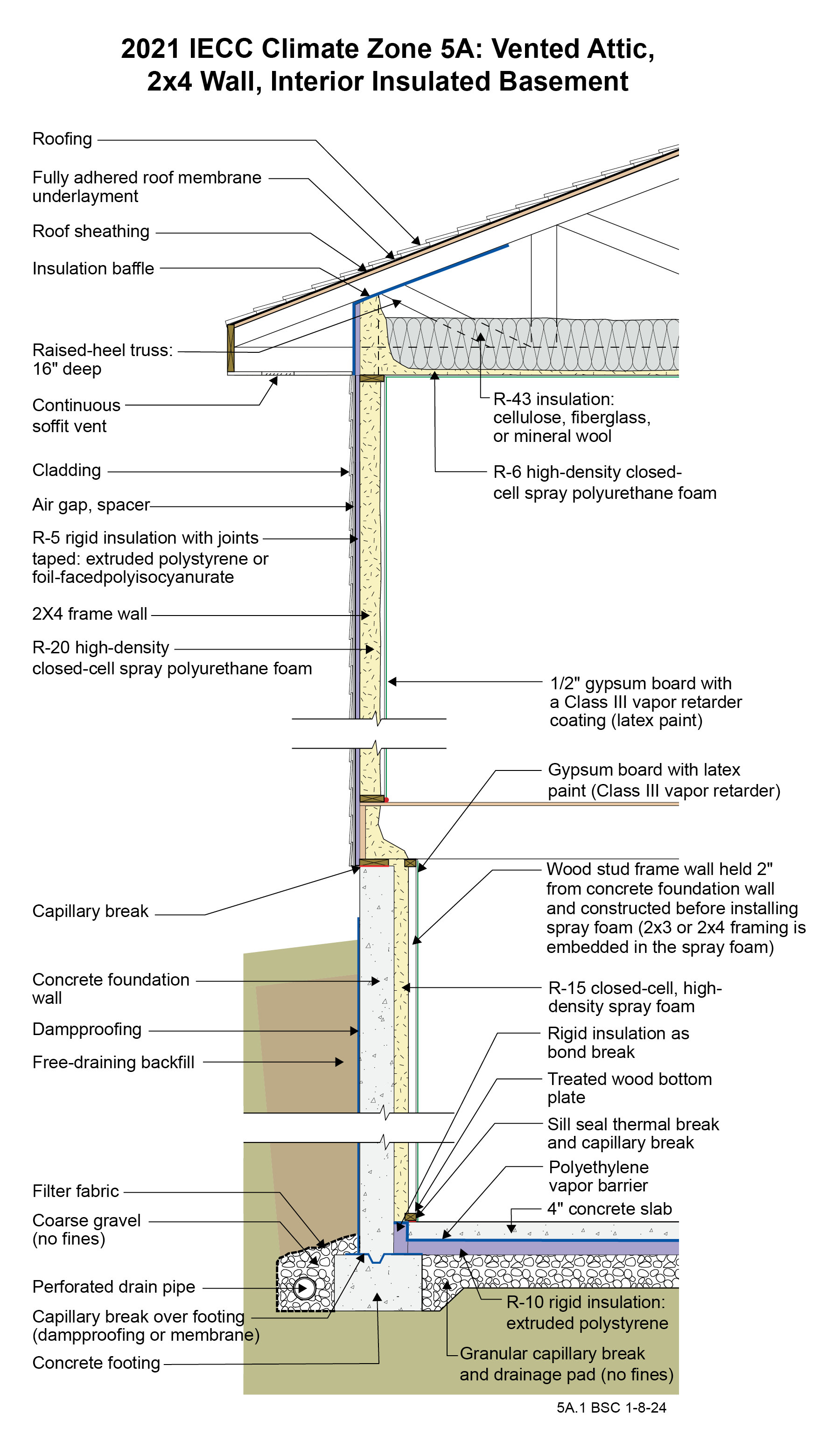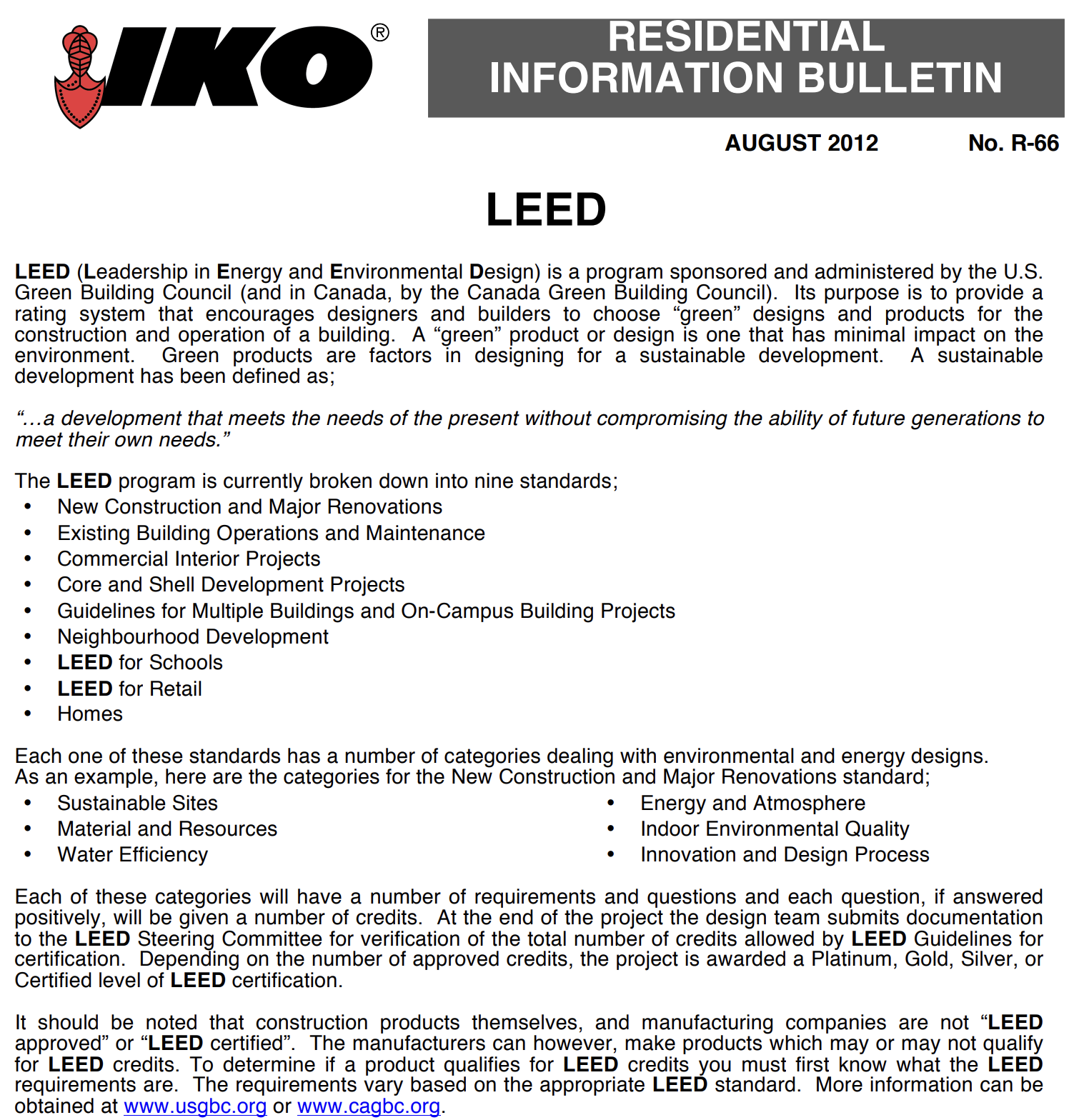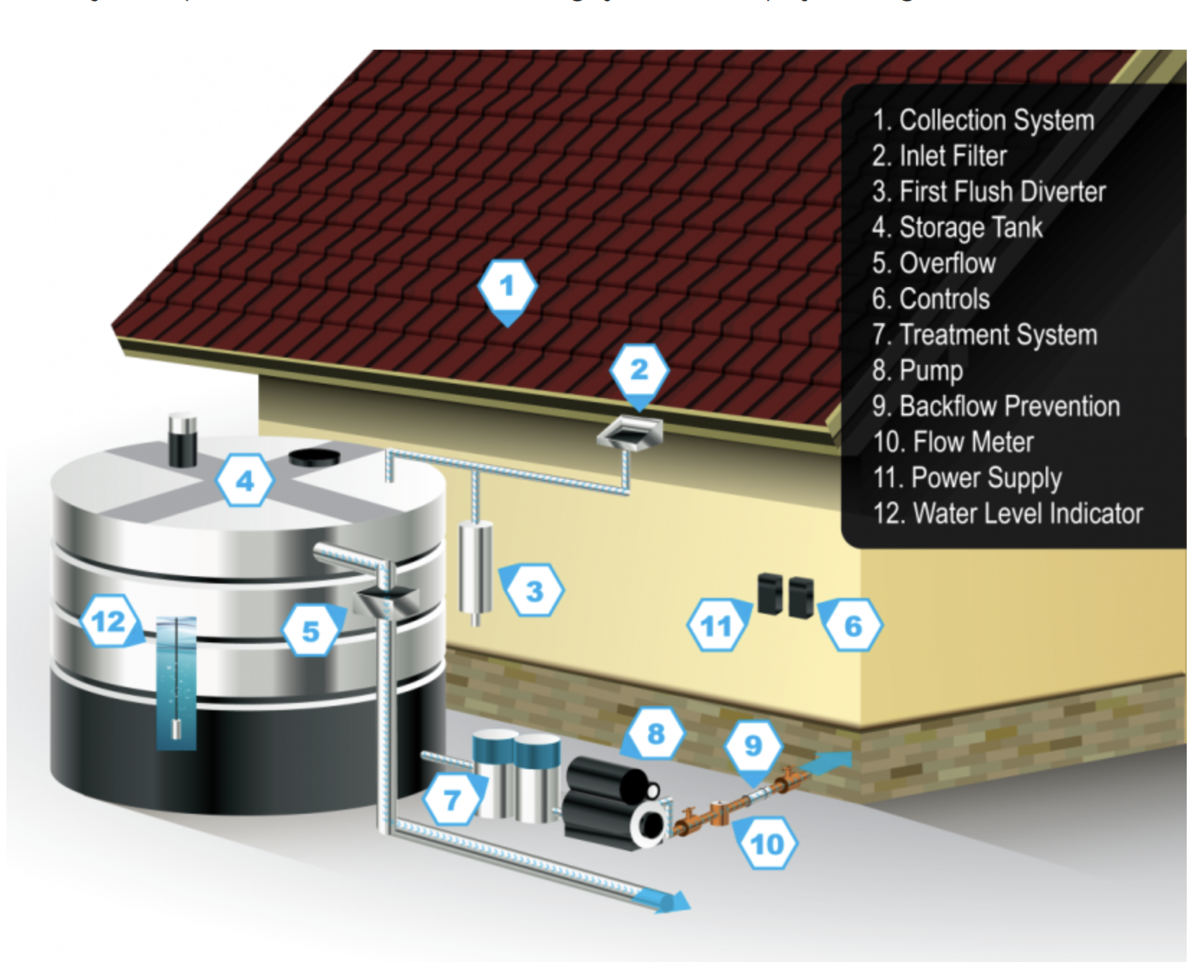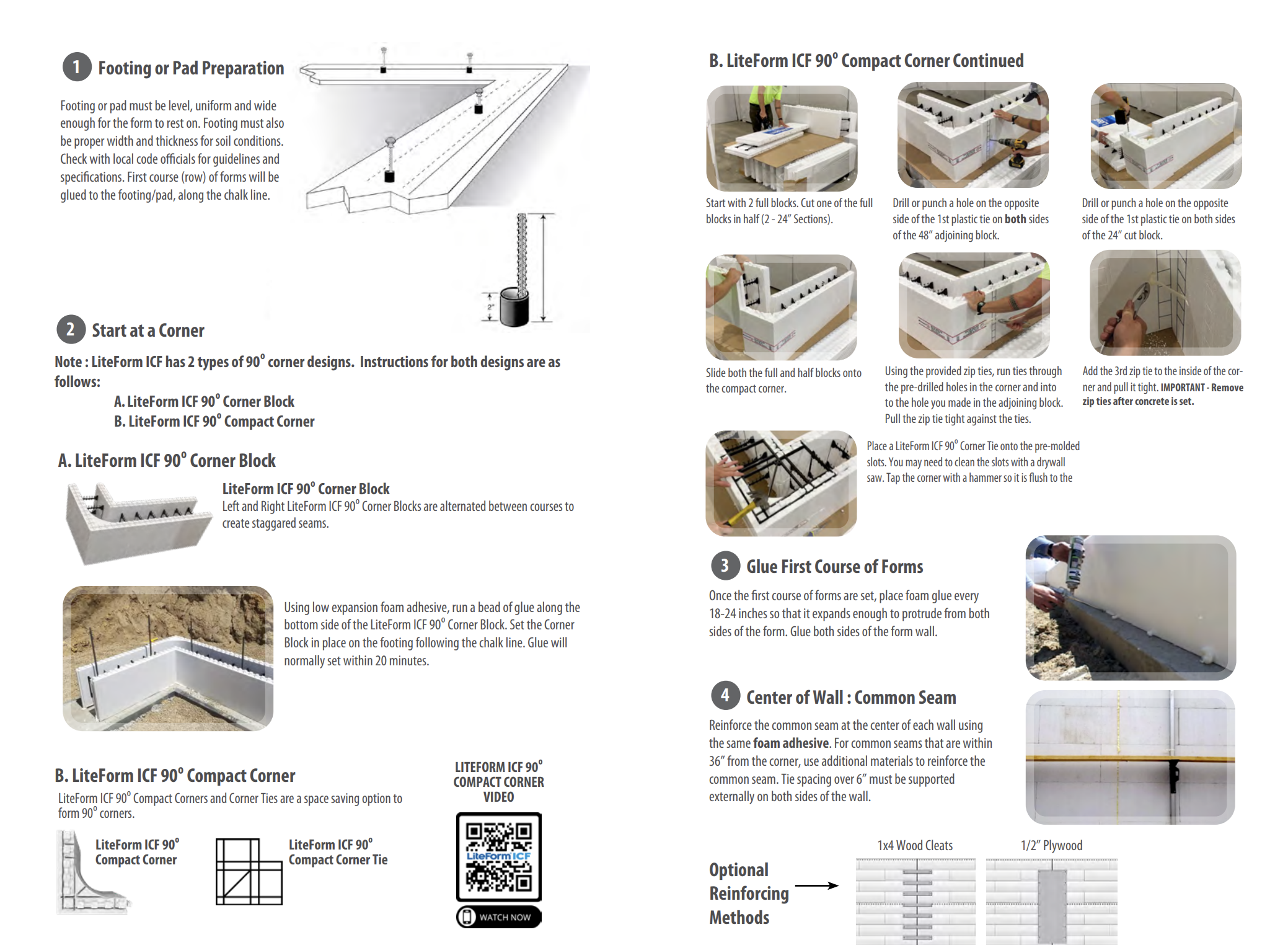Introduction to Climate Zone 5A Insulation Requirements
In the diverse climates of IECC Climate Zone 5A, maintaining energy efficiency in homes is not just about comfort but also about compliance with rigorous standards set forth in the 2021 International Energy Conservation Code (IECC). This article explores the use of cutting-edge materials and methods in attic, wall, and basement insulation that align with these codes, ensuring both thermal efficiency and structural integrity.
Key Insulation Strategies for Optimal Performance
Utilizing High-Density Spray Foam for Air and Vapor Control
One of the standout materials for insulation in Climate Zone 5A is closed-cell high-density spray foam. This robust solution serves multiple purposes: it acts as an effective air barrier and vapor control layer while also providing significant shear strength to walls. This dual functionality not only enhances the energy efficiency of homes but also contributes to their structural resilience, especially against racking forces.
Raised-Heel Roof Trusses for Improved Attic Insulation
Raised-heel roof trusses are engineered to improve the insulation environment of attics by increasing the space available for insulation at the eaves. This adjustment allows for the use of less dense attic insulation without compromising the overall energy efficiency of the home. According to IECC 2021 Section R402.2.1, homes employing full-height raised-heel trusses can optimize their ceiling insulation to R-49 instead of R-60, potentially reducing costs without sacrificing performance.
Rigid Foam and Its Role in Exterior Wall Insulation
Exterior walls in Climate Zone 5A can benefit immensely from the installation of rigid foam. This insulation method allows for the elimination of traditional structural sheathing, instead using alternative wall bracing techniques. The rigid foam not only backs the cavity insulation but also provides lateral support to the siding, offering a cost-effective solution for builders and homeowners alike.
Fire Safety Considerations with Spray Foam Insulation
While spray foam insulation offers excellent thermal and air sealing properties, it must be combined with proper fire safety measures. In areas like rim joist cavities, applying fire-resistant materials such as gypsum board or intumescent paint is crucial. Local building codes may also require the installation of wood fire blocking at critical points to further enhance fire resistance.
Enhancing Basement Insulation and Radon Control
The intersection of the basement concrete slab with the exterior foundation wall is a critical point for both thermal and air sealing. A “short” strip of rigid insulation covered by a polyethylene vapor barrier, sealed with spray foam, ensures continuity of the air control layer. This setup not only improves insulation but also acts as a radon barrier, enhancing the indoor air quality and safety of the home.
Benefits of Under-Slab Horizontal Insulation
For additional comfort and moisture control, horizontal insulation beneath the concrete floor slab is recommended. This strategy helps in reducing the relative humidity within floor coverings, thereby controlling dust mites and allergens—a significant benefit for homeowners concerned with indoor air quality.
For immediate service or consultation regarding energy-efficient building practices, you may contact us at Allied Emergency Services, INC.
Contact Information:
Phone: 1-800-792-0212
Email: Info@AlliedEmergencyServices.com
Location: Serving Illinois, Wisconsin, and Indiana with a focus on the greater Chicago area.
Disclaimer: This article is intended for informational purposes only. For professional advice, consult experts in the field.
